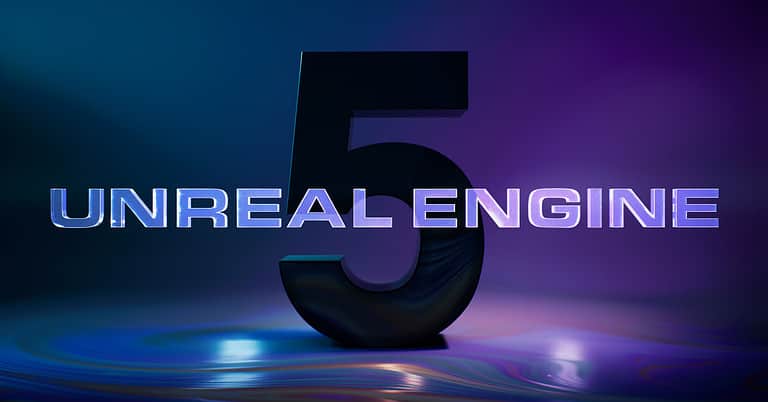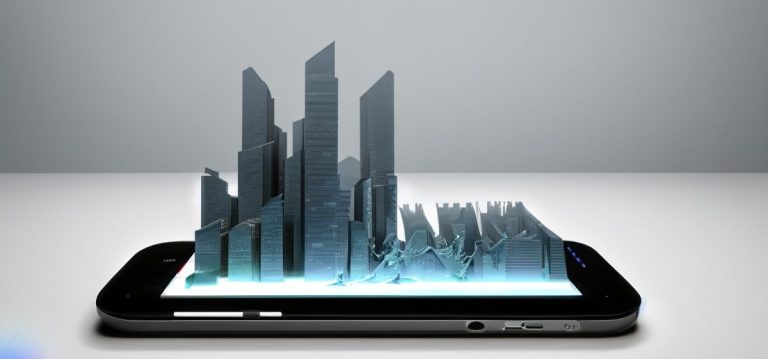
The leaks regarding the design have proven to be correct. The Quest 3 resembles It has three pill-shaped elements on the front where the cameras are installed. It is also 40% smaller than the previous model and has new controllers. What's interesting about the controllers is that unlike the Quest Pro, they don't have tracking cameras or a tracking ring. However, they do have true haptic feedback, similar to the Quest Pro controllers. While the feedback is not as strong as that of the Sony PSVR 2 controller, they are still significantly better than the Quest 2 controllers and allow for finer movements and sensations. It is worth noting, however, that these new controllers do not have cameras. It will be interesting to see how the tracking works on the Quest 3 then.
The Quest 3 significantly redesigned compared to the Quest 2. It is slimmer than the previous model by 40% and features a removable face interface. The edges of the device resemble those of the Quest 2, indicating that the strap can be replaced. The face interface is removable, just like on the Quest 2.
One interesting aspect is that the video shows that the lens moves, but it does not show that the line is adjustable. It will be interesting to see if the eye relief is measured and automatically adjusted like the Pico 4, or if the lenses have to be moved by hand like the Quest two. The Quest 3 will be thinner by 40% and will offer maximum convenience.
For me, the most interesting aspect about the Quest 3 is the doubled GPU power.
This will make for more realistic graphical experiences. Applications on all-in-one headsets always lack graphical performance compared to PC-based VR applications, so developers have to make extreme compromises in this area.





